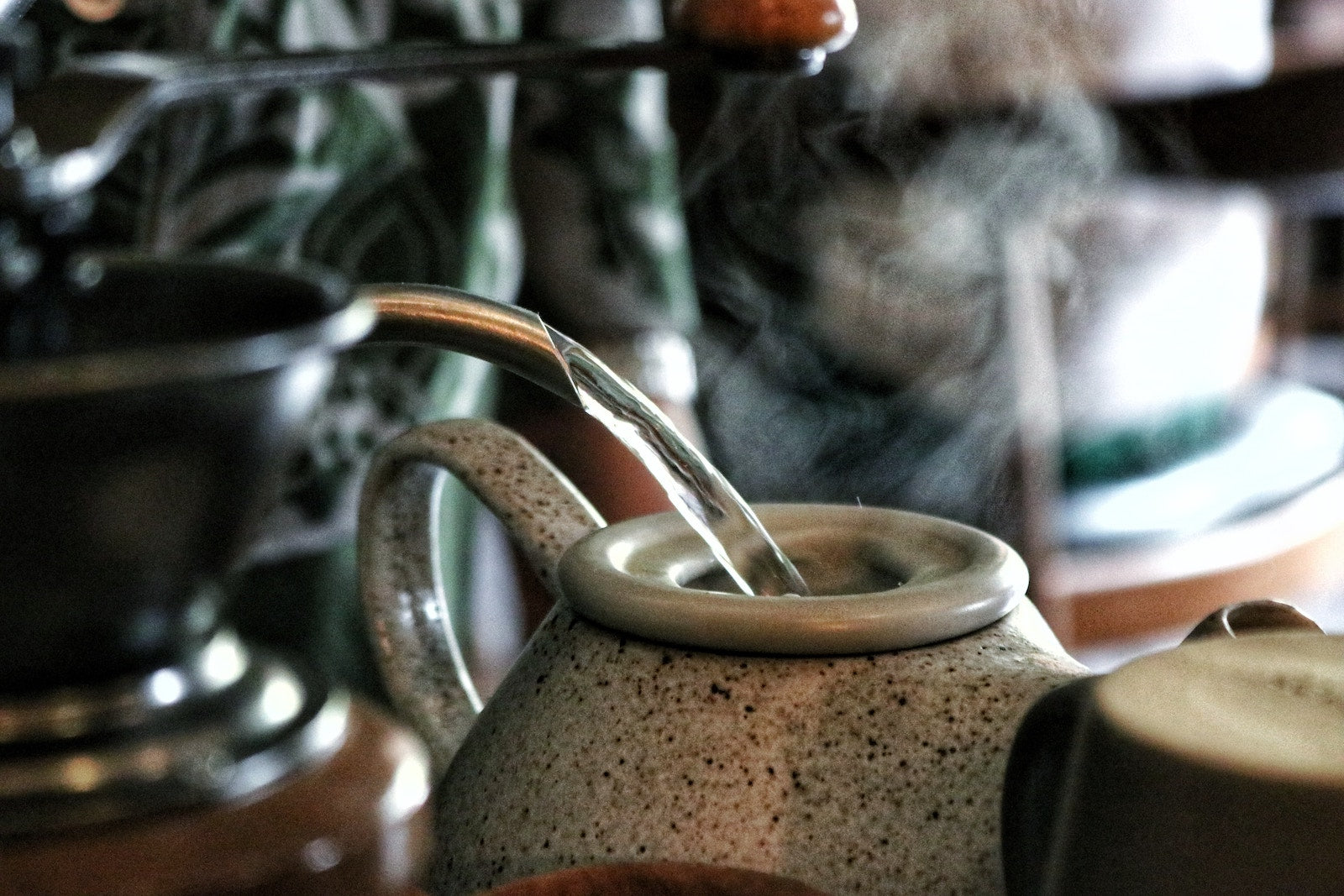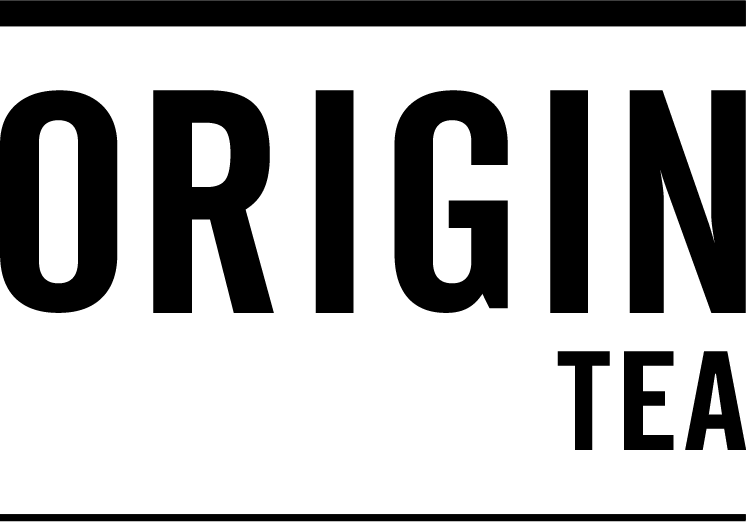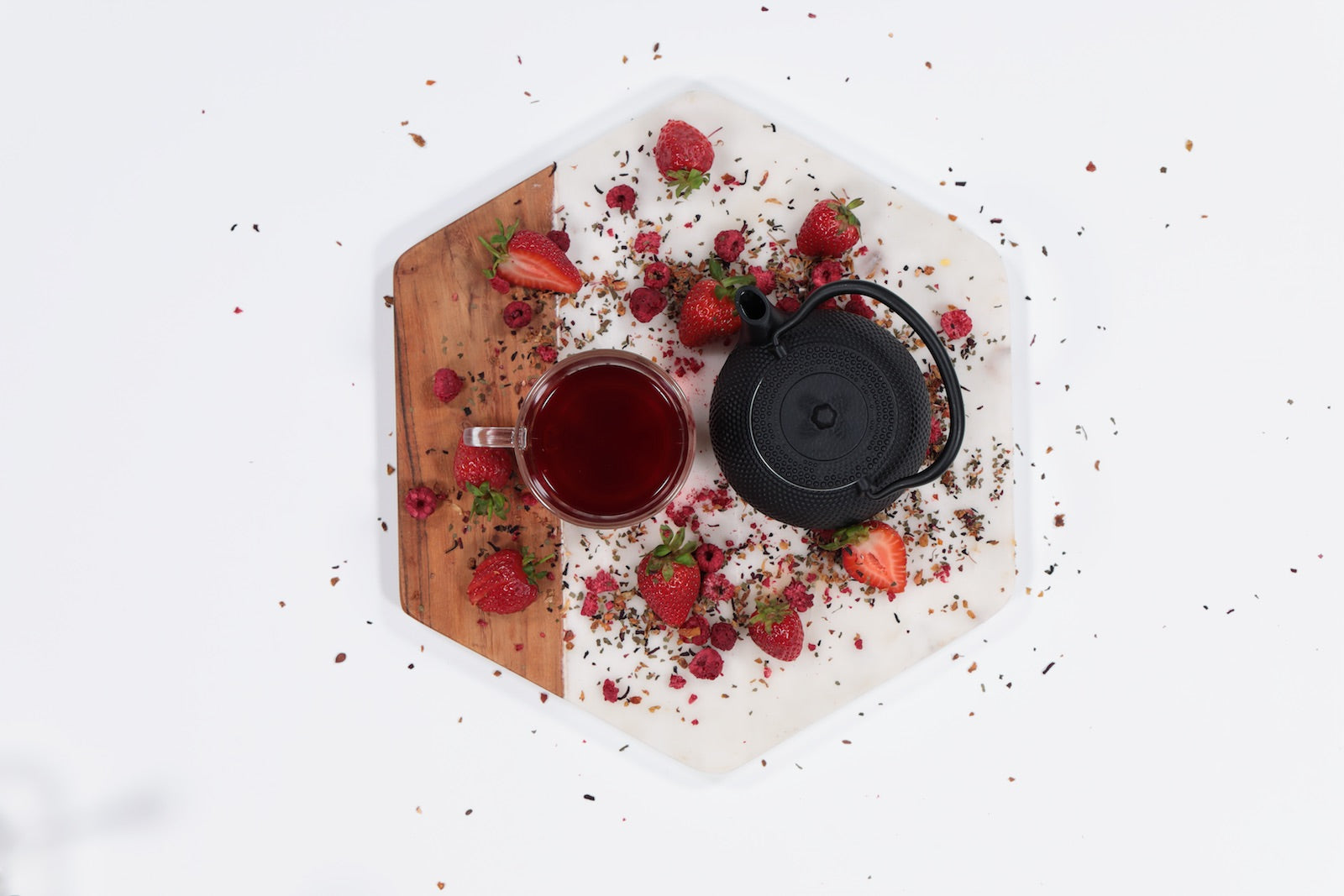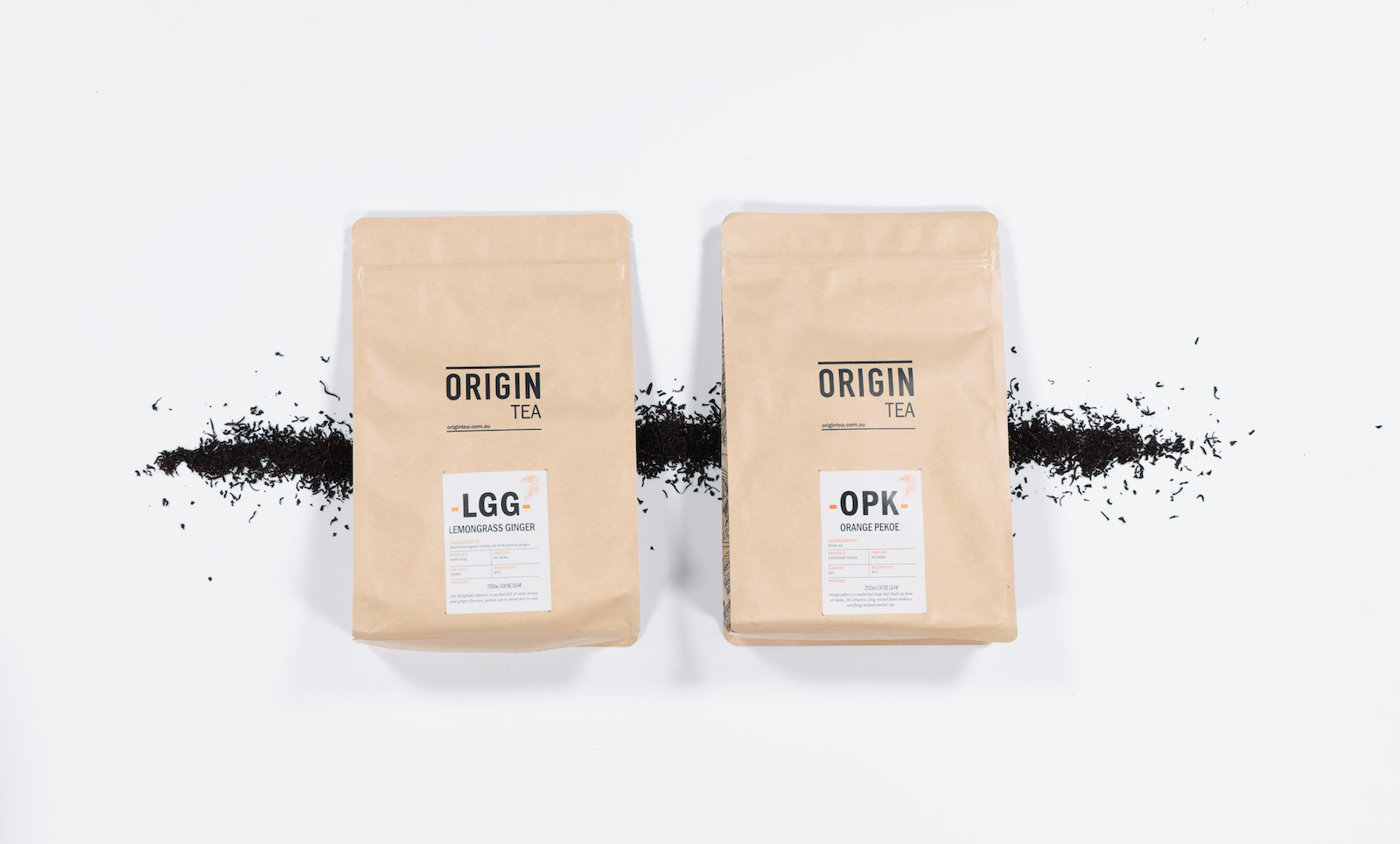
How to Taste Tea: Everything You Need to Know
The flavour and aroma of tea can be extremely complex. Much like chocolate, wine or coffee (to name a few), tea has so many unique components: where it was grown, how it was processed, its age, and so much more. This is what gives each tea its unique taste.
If you’re interested in taking your tea tasting hobby to the next level, it’s important to know how to taste tea, to analyse its flavour, body, character, and aroma. But don’t worry, it’s not too difficult!
In this article, we’ll go over how to taste tea flavours like a pro, and teach you everything you need to know.
1. Everything Starts with First Impressions

Before you even brew your cup, you should examine your tea for shape, colour, texture and consistency. Is the tea composed of full, long leaves or “tea dust”? Does it have a pleasing texture? Is it sticky? Crumbly? How does the dry tea smell?
Take your time, and examine the loose tea carefully, to form your initial first impression of the product.
2. Brew Properly (and Consistently)

Here’s how to brew a perfect cup of tea for tasting:
- Always use the same method – Maintaining a consistent brewing time and methodology is important, especially if you want to compare multiple teas.
- Use the proper amount of tea per cup – 2-3 grams per 220g of boiling water is typically recommended for proper flavour extraction. Note that some teas prefer the water to be more like 90 degrees so pay attention to the instructions first.
- Use the same water you normally use – If you usually use water from the tap, feel free to continue doing so. If you use bottled water, that’s fine too. Just make sure you always use the same water.
- Invest in pure, white crockery – Tea experts use white pots and cups made of ceramic porcelain, because this allows them to more easily assess the color and body of brewed tea.
- Brew for the allocated time – You want to give the tea just enough time for the flavours to be extracted. But be wary. Under brewing or over brewing the tea can cause it to taste totally different. Three or four minutes is generally a good brew time but different types of tea require different brew times.
3. Inspect The “Liquor”
“Liquor” is the term used for the tea infusion. Examine the colour – it should be bright and clear. In the cup, it should look slightly oily and shiny. Also, it’s okay if there are some leaf fragments floating around in the cup.
4. Give It a Sniff
Your nose is responsible for 90% of your ability to taste so start by sniffing the tea with long, deep breaths using your nose. After a few deep inhalations, take some rapid, shallow inhalations. This is called “dog action”, because it’s similar to how dogs sniff.
5. Taste (And Slurp!) To Assess Flavour and Mouth Feel

Scoop up a bit of the liquor (tea) with a spoon. Give it a good sniff, pucker up, and slurp up the tea. Slurping is not just recommended. It’s essential for mixing oxygen with the tea.
Then, breathe out of your nose while your mouth is closed. Swallow the liquor, and pay attention to the aroma and savouriness, sweetness and bitterness on your tongue.
Assess the overall flavour, including the “head notes” that hit you first, the middle notes that give the tea its character, and the aftertaste, as well as the mouthfeel. Does it feel smooth? Dry? Sharp or harsh? Write down your findings.
Get Tasting
Tea tasting takes some time. It’s not a natural skill, and you’ll have to develop it with practice. But once you do, you’ll find that you’re able to open up a whole new world of flavours, textures, and aromas when you’re drinking tea – so it’s worth the effort!
Get practicing with Origin Tea’s single-origin loose leaf blends, which are grown on our own plantations in Sri Lanka. Or shop our teawares here.



